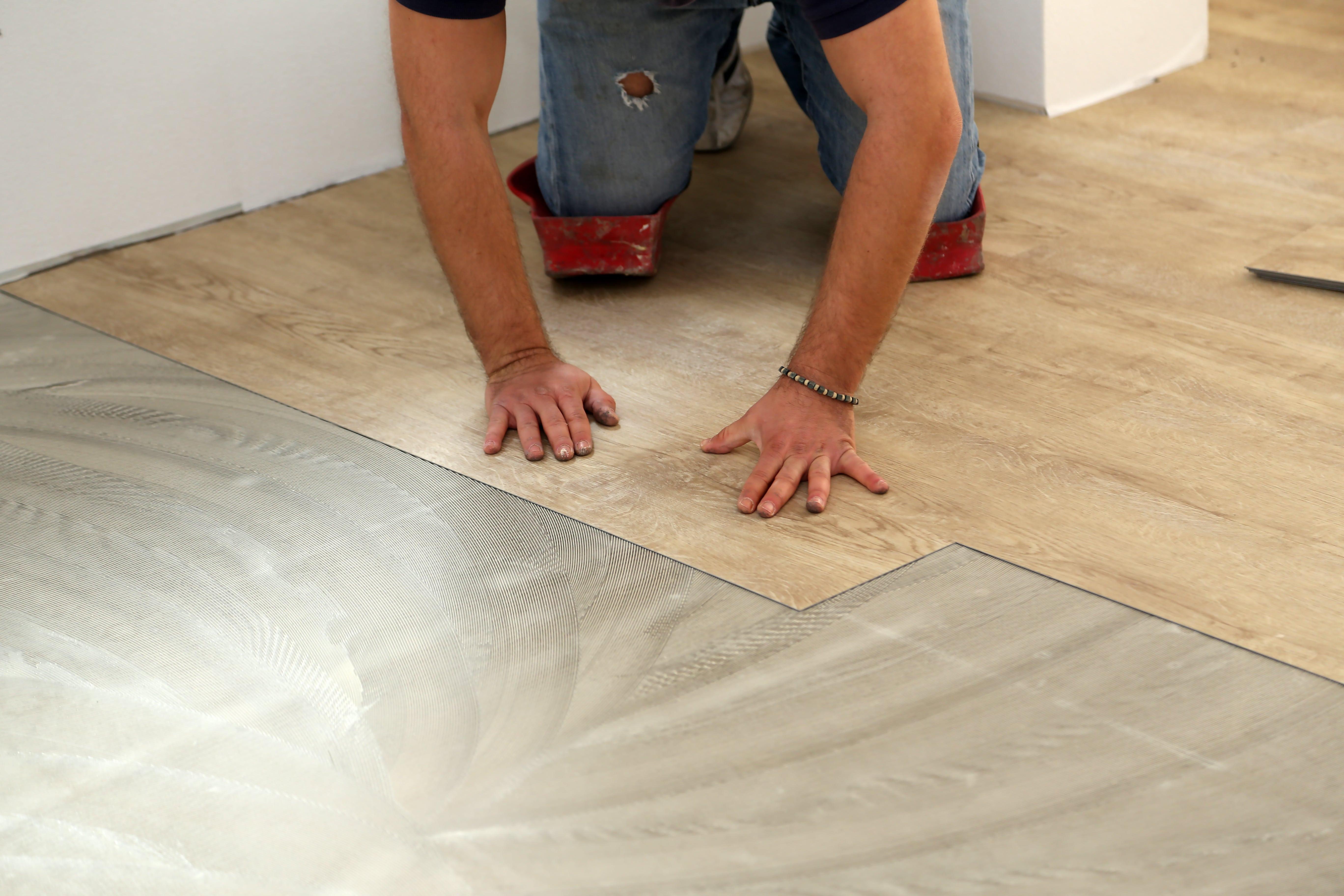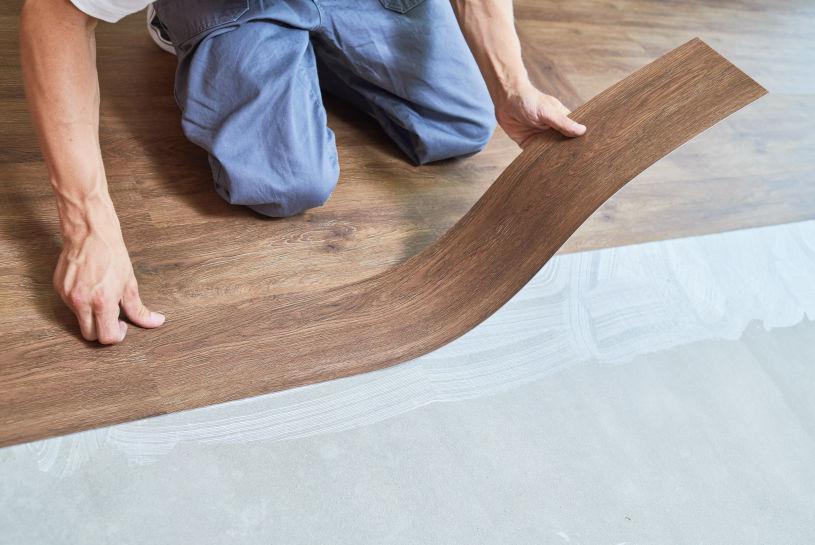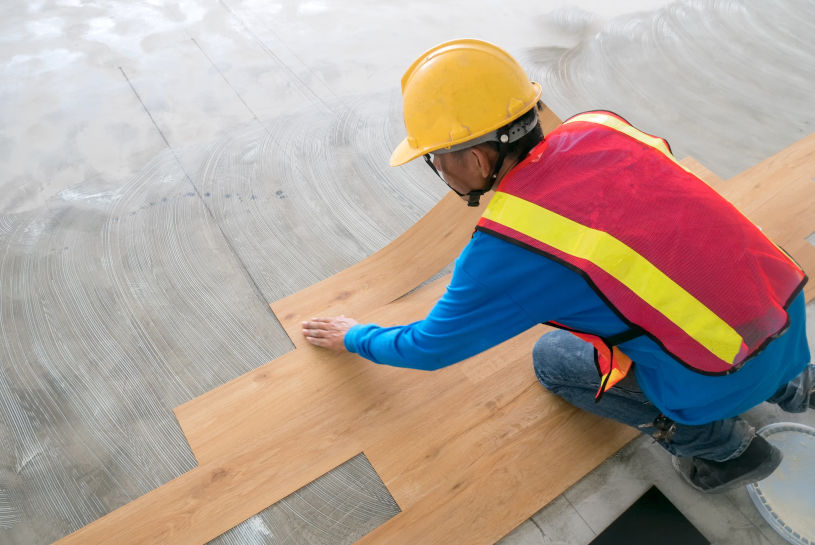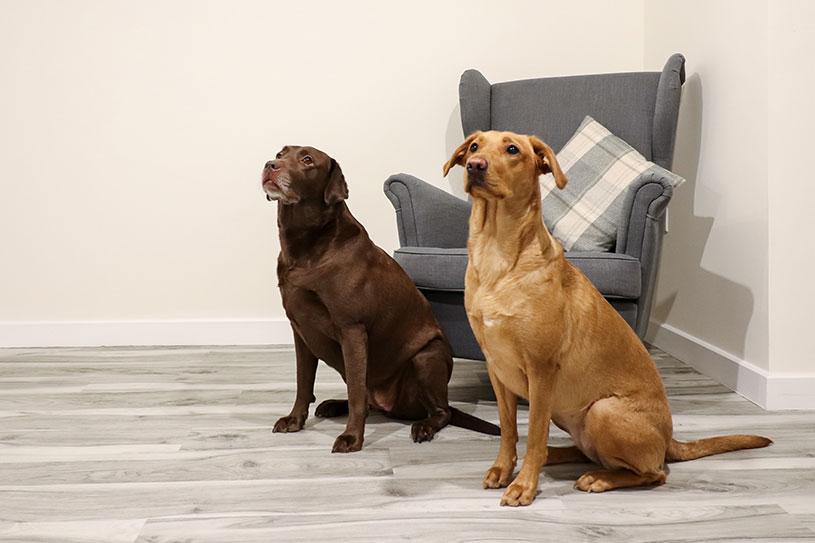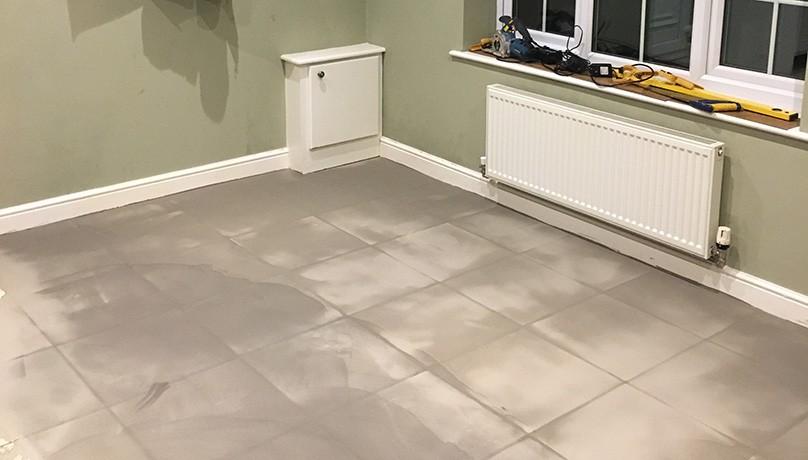At Floors for Paws, we supply the best flooring for dogs in a range of choices. Here, we discuss what is needed for successful installation, whether you have vinyl rolls, luxury vinyl tiles, or luxury vinyl planks.
What is underlay?
Many of us with carpet in our homes, or businesses, are familiar with underlay (sometimes also called underlayment). Underlay is the layer between the floor covering and the floor surface (subfloor), designed to provide insulation, shock absorbency, noise reduction and cushioning. Carpet underlay can be made from foam, sponge rubber, felt and recycled crumb rubber.
Do you need underlay for vinyl flooring?
The multi-layer construction of vinyl flooring makes it the only type of flooring that does not require underlay. Our CAM (Canine Arthritis Management) approved Pawsafe Commercial range and Pawsafe Domestic range both feature a comfort backing for insulation and sound absorption, removing the need for underlay.
Do you need underlay for LVT?
LVT (luxury vinyl tile) flooring is supplied in two installation options – click, or glue down. Click flooring features a tongue and groove system similar to laminate flooring, that enables the tiles to interlock or click together in place. Often called floating vinyl flooring, click LVT does require an underlay. Glue down LVT requires no underlay. At Floors for Paws, all our domestic and commercial flooring ranges are glue down.
Do you need an underlay for vinyl plank flooring?
We offer vinyl plank options as part of our Luxury vinyl range and our Pawsafe Domestic range and as both require glue down installation, our vinyl plank flooring does not need conventional underlay.
Do you need underlay for vinyl sheet flooring?
Our Pawsafe Commercial range is supplied in rolls, like carpet, and cut to length to fit the space to be covered. In this way, fewer joins or seams are required when installing the flooring, which makes vinyl sheet flooring the perfect solution for high traffic areas where the flooring is cleaned more than usual and the customer requires a completely waterproof floor. Vinyl sheet flooring is glued into place and needs no underlay.
How to prepare a floor for vinyl flooring
Having told you that none of our vinyl flooring ranges require a traditional underlay, we need to explain what you do need before preparing your subfloor for vinyl flooring.
The subfloor is the surface that your new flooring will sit on and could be floorboards, concrete, or ceramic tiles. Before new vinyl can be installed, the subfloor must be thoroughly and correctly prepared but please note that If your subfloor has old flooring on it such as carpet, old vinyl or lino, this should be removed before preparation begins.
The subfloor should be clear of all nails etc. before being thoroughly vacuumed. Once any damage has been repaired you will need to smooth and level the existing subfloor with a self levelling, smoothing compound such as latex, after a primer has been applied. Once the latex is completely dry – usually at least 24 hours later – your vinyl flooring can be installed. It is worth noting here, that even when installing click vinyl flooring, the subfloor beneath the underlay still needs to be in a smooth, level condition.
Preparing to install luxury vinyl flooring can be daunting which is why we always recommend the services of an authorised Floors for Paws installation engineer. They will carry out all necessary preparation of your floors, prior to installing your new vinyl. We are able to offer a 30-year product guarantee with our Pawsafe Domestic range and a 10-year product guarantee with our Pawsafe Commercial range.
For further details please email us at info@floorsforpaws.com or give our friendly team a call on 01522 300218.
